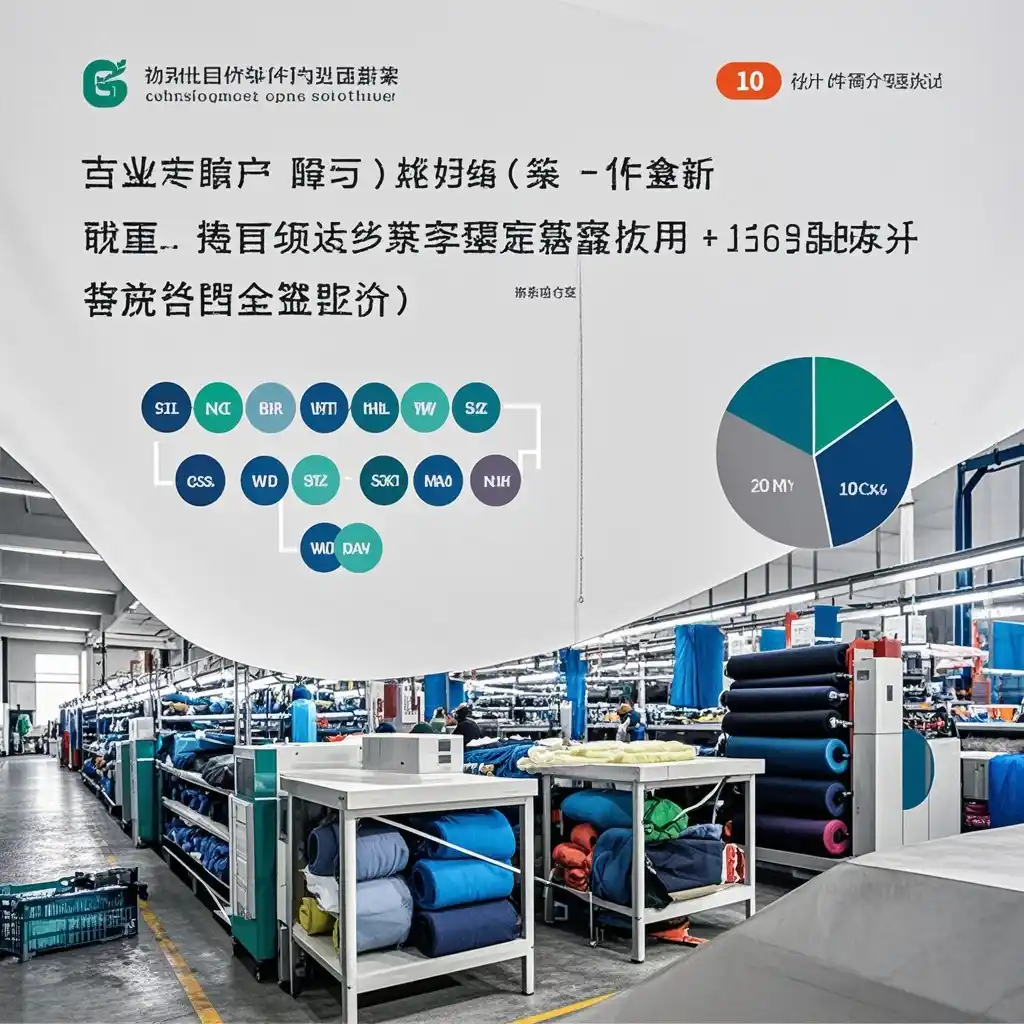

Background In the world of cross - border business, textile e - commerce sellers are facing significant challenges due to tariffs on textile and other labor - intensive products. Tariffs have a profound impact on the cost structure of these products, making it more expensive to import and sell them in international markets. This situation has been driven by various factors, including trade policies of different countries aiming to protect their own domestic industries or to balance trade relationships. As a result, many textile products that were previously profitably exported may now face reduced profit margins or even losses. For example, a textile e - commerce seller who used to export a large quantity of cotton shirts to a particular country may now find that the additional tariffs have made their products uncompetitive in that market compared to local products or those from countries with preferential trade agreements.
Challenges One of the major challenges for textile e - commerce sellers is the unpredictability of tariff changes. Tariffs can be adjusted suddenly based on political or economic factors, leaving sellers with little time to adapt. Moreover, finding alternative production locations that can maintain the same quality and cost - effectiveness is not an easy task. For instance, if a seller decides to shift production from one country to another to avoid tariffs, they may face issues such as differences in labor skills, infrastructure, and supply chain management. Additionally, there are compliance requirements associated with different production locations. Sellers need to ensure that their new production facilities meet all relevant environmental, labor, and quality standards. Another challenge is the potential impact on brand reputation. If customers notice a change in product quality or delivery times during the transition, it could harm the seller's brand image.
Repositioning Strategies
1. Domestic Production
Considering moving production back to the domestic market can be a viable option. In some cases, the domestic
market may offer certain advantages. For example, a textile e - commerce seller in a large country with a
developed textile industry can take advantage of local resources and a skilled labor force. A case in point is
a seller who was previously importing silk scarves from overseas. After facing high tariffs, they decided to
partner with a local silk - weaving factory in their own country. By doing so, they were able to reduce
transportation costs, have better control over the production process, and avoid tariffs. However, it is
important to note that domestic production may also come with higher labor costs in some regions, so careful
cost - benefit analysis is required.
2. Third - Country Production
Exploring production in third countries can also be a strategic move. Some countries may have preferential
trade agreements with the target market countries, which can significantly reduce tariffs. For example,
certain African or Southeast Asian countries may have favorable trade terms with the European Union or the
United States. A textile e - commerce seller could look into setting up production facilities in these regions.
For instance, a company that was exporting denim jeans to the EU faced high tariffs when producing in its
original location. It then shifted production to a Southeast Asian country that had a free - trade agreement
with the EU. This not only helped them avoid tariffs but also took advantage of the lower labor costs in that
region. However, before choosing a third - country production location, sellers need to thoroughly research
the political stability, infrastructure, and local regulations of that country.
3. Product Diversification
Another strategy is product diversification. Instead of focusing solely on the products that are heavily
affected by tariffs, sellers can expand their product lines to include products with lower or no tariffs. For
example, if a seller mainly deals with cotton - based textiles which are subject to high tariffs, they could
start adding synthetic - fiber - based textiles to their product range. A real - life example is a textile e -
commerce seller who noticed that while their traditional cotton bedsheets were facing tariff hikes, there were
no such issues with bamboo - fiber bedsheets. So, they gradually introduced bamboo - fiber products, which
helped them maintain their market share and revenue while also reducing their exposure to tariffs.
Summary In conclusion, textile e - commerce sellers in the cross - border business need to be proactive in repositioning their production to avoid tariffs. By carefully analyzing the background and challenges they face, they can choose from various repositioning strategies such as domestic production, third - country production, or product diversification. Each strategy has its own pros and cons, and sellers need to conduct in - depth research and cost - benefit analysis before making a decision. The key is to adapt to the changing tariff environment in a way that maintains competitiveness, product quality, and brand reputation in the global market. With careful planning and execution, textile e - commerce sellers can navigate through the challenges posed by tariffs and continue to thrive in the cross - border business.